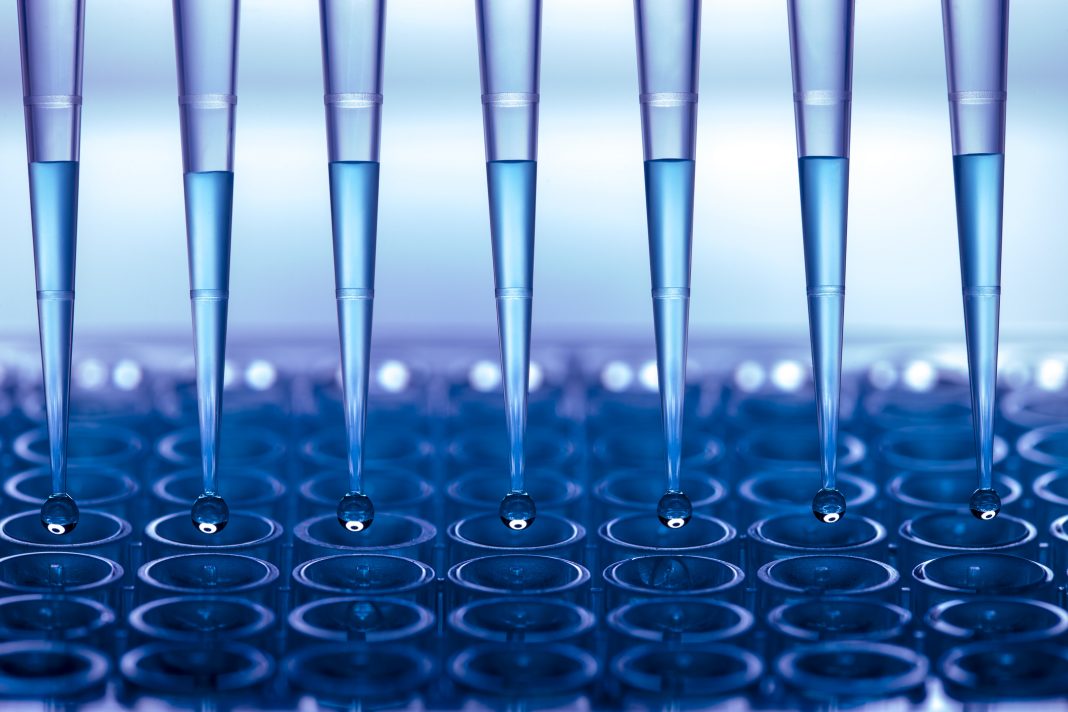Dr Xochitl Dominguez Benetton, Senior Scientist and Project Coordinator from the Flemish Institute for Technological Research, walks us through the sustainable catalyst-based chemical industry which is very much a part of the FIREFLY project
In January 2023, funded with over €11 million by the Horizon Europe Programme, the FIREFLY project launched with an unwavering aim: transforming the catalyst-based chemical industry. By harnessing renewable energy for (electro)catalyst production from secondary resources, FIREFLY promises reduced costs and decreased reliance on metals and fossil fuels. This pioneering step toward circularity reimagines profitability by recycling industrial catalysts, forging a sustainable path for future industrial developments.
1. Project overview and significance
Could you provide an overview of the FIREFLY project’s primary goals and importance for the chemical industry’s sustainability?
The FIREFLY initiative centres around advances in electrochemical catalyst recycling.
This approach seeks to address a longstanding challenge in the chemical industry: how to recover and repurpose strategic metals from used catalysts efficiently and sustainably. At its core, FIREFLY harnesses the power of electrochemical technologies, ensuring they are harmoniously paired with renewable energy sources.
Further enhancing the project’s innovative edge is integrating artificial intelligence, which bolsters decision-making processes. In the grander scope, by innovating a more sustainable method for recycling catalysts, FIREFLY stands as a beacon for the chemical industry, charting the path toward greater environmental responsibility and sustainability.
2. Circularity through catalyst recycling and electrification
How does electrified recycling of metal catalysts promote a more circular chemical industry?
Traditional recycling mechanisms for catalysts have historically been energy- and resource-intensive, which is not viable in the long run. FIREFLY’s approach of electrifying the recycling process promises a drastic reduction in waste and resource consumption.
This transition speaks volumes about the tangible benefits and sends a strong message about the critical need for renewable and responsible industry practices for generations to come.
3. Integration of renewable energy
How does using renewable electricity align with the project’s environmental and cost-efficiency goals?
By making the conscious shift away from fossil fuels and capitalising on metals that can be recycled numerous times, FIREFLY is ushering in a new era for the chemical industry. The project’s methods primarily rely on recyclable metal streams and renewable electricity, enabling the production of essential chemicals right at the source.
With the continuous drop in renewable energy costs, this approach revolutionises sustainability and offers significant economic resilience and cost-effectiveness.
4. Role of machine learning and digital tools
What’s the significance of AI and ML in decision-making for recycling and catalyst synthesis?
Integrating machine learning and artificial intelligence within FIREFLY’s framework provides a potent tool capable of predicting optimal processes for recycling and synthesis. These digital tools achieve this by analysing vast and intricate datasets, encompassing variables such as material characteristics and the dynamics of energy demand and supply.
The consequence of such predictive capabilities is an unparalleled level of resource efficiency, waste minimisation, and heightened effectiveness of the project.
5. Engineering framework and innovation
How does the modeling- and simulation-based framework aid FIREFLY’s process?
The engineering backbone of FIREFLY leans heavily on a framework rooted in modeling and simulation. This allows the project’s core technologies to be visualised and understood from a multifaceted, multiphysics perspective. When this intricate understanding is amalgamated with the management of renewable energy sources, it forms a robust system that guarantees both efficient and sustainable operations throughout the project’s lifecycle.
6. Sustainable outcomes and benefits
What tangible outcomes can we expect from FIREFLY?
FIREFLY is at the forefront of redefining the benchmarks of sustainable outcomes. By pivoting to electrochemical processes, there’s a projected energy saving of around 40%. These novel methods also promise recovery efficiencies that soar above 97%. Integrating renewable energy sources is expected to slash carbon- water footprints by up to half, and this goes hand in hand with remarkable energy consumption and CO2 emissions reductions.
The efficient use of materials will lead to a drop in raw material use by approximately 60%, translating to cost savings of about 20% when juxtaposed with conventional methods. All these strides firmly align FIREFLY with the ambitious 2030 renewable energy goals set by the European Union.
7. Global leadership in sustainability
How will FIREFLY bolster Europe’s leadership in industry decarbonisation?
FIREFLY is more than just a project; it’s a testament to Europe’s unwavering commitment to sustainability and a cleaner planet. By pioneering eco- friendly catalyst recycling techniques, FIREFLY ensures that waste production is minimised, and primary resource usage is judicious. Developing advanced catalysts under the project’s umbrella promises a greener production future. By supporting the integration of renewables and adopting a data-driven approach, FIREFLY highlights Europe’s commitment to a sustainable future and plants its flag firmly as a global leader in the pursuit of industrial decarbonisation.
8. Collaborative impact and circular economy
How will FIREFLY’s progress encourage collaboration towards circular economy principles?
FIREFLY operates within a collaborative ecosystem where industry partners play a pivotal role by supplying waste catalysts. This project emphasises the integration of renewable energy into chemical processes and the widespread utilisation of AI-driven tools. As different stakeholders, each with their unique expertise in engineering, environmental assessment, or communication, come to the table, a synergistic effect is created. This collective effort will drive the chemical industry towards embracing and implementing sustainable solutions on a larger scale.
9. Legacy and future contributions
What lasting impact does FIREFLY intend for the chemical industry’s sustainability?
FIREFLY, in its essence, is a visionary endeavour. It foresees a transformative era where the chemical industry is dominated by electrochemistry, with a spotlight on “power-to-catalysts.”
By introducing ground-breaking techniques in electrochemical catalyst recycling and leveraging the prowess of artificial intelligence, FIREFLY has its sights set on a lasting, sustainable metamorphosis. The project’s legacy will be defined by its unparalleled contributions to the chemical industry and broader global sustainability objectives.

This work is licensed under Creative Commons Attribution-NonCommercial-NoDerivatives 4.0 International.


